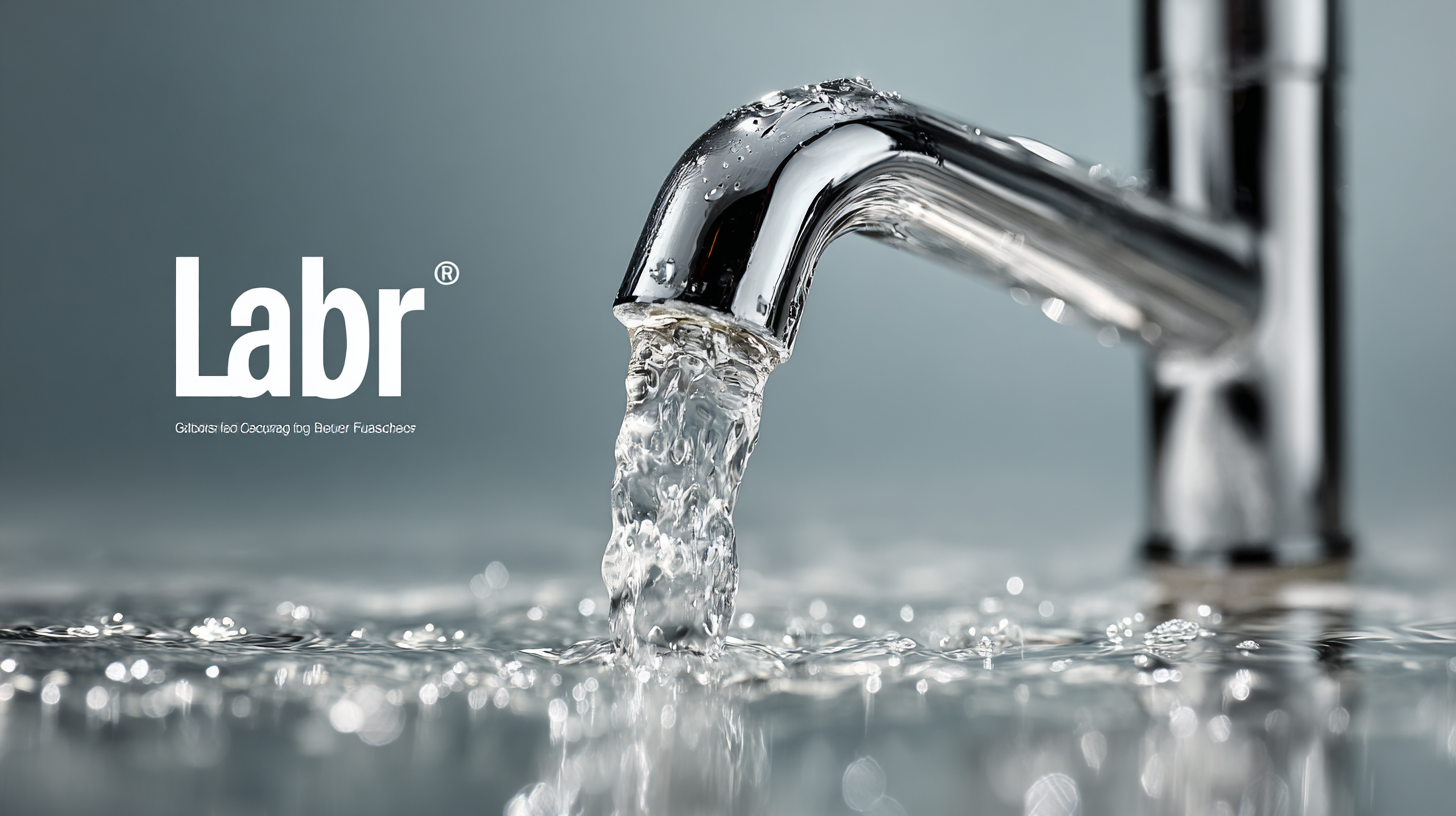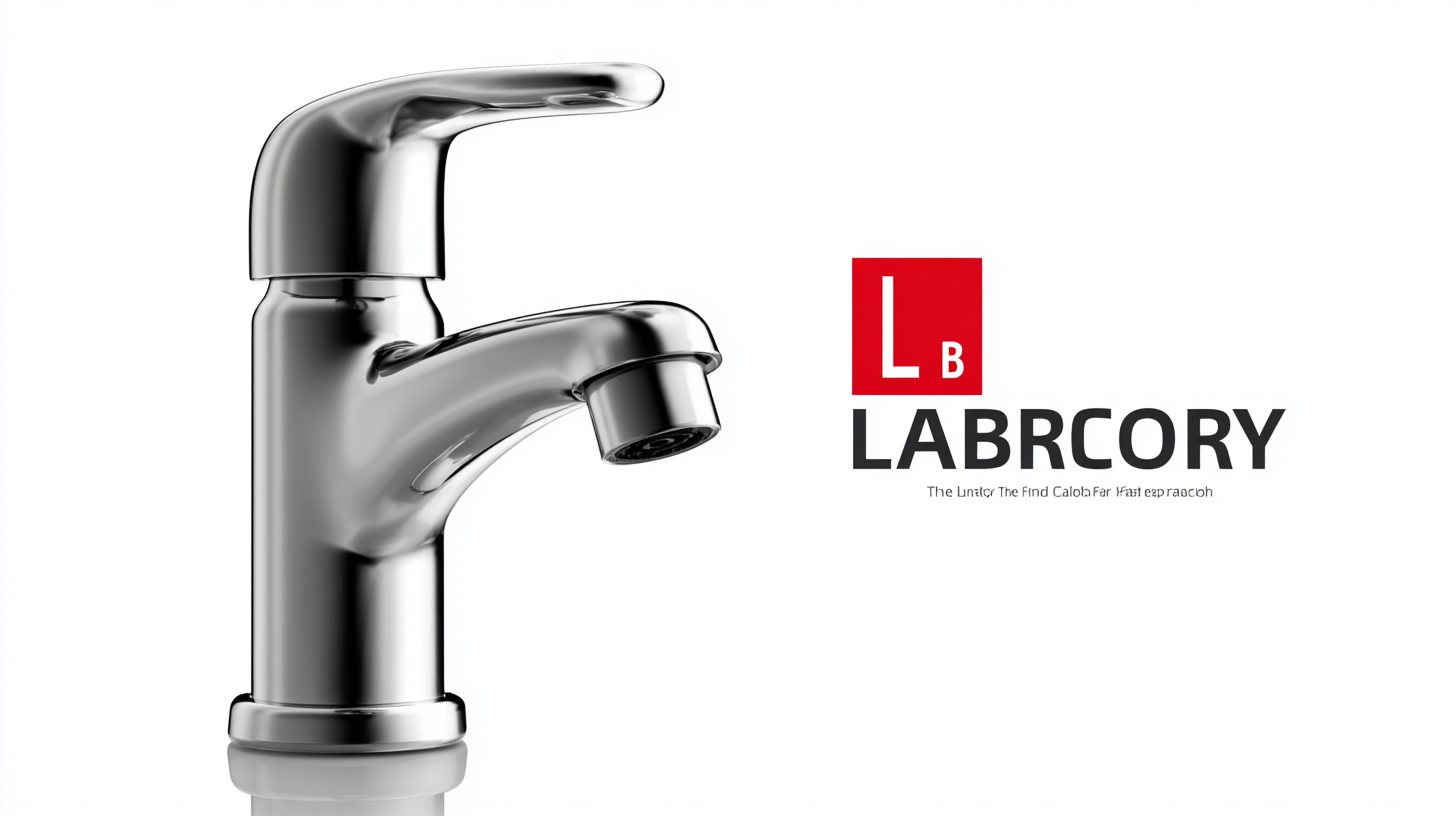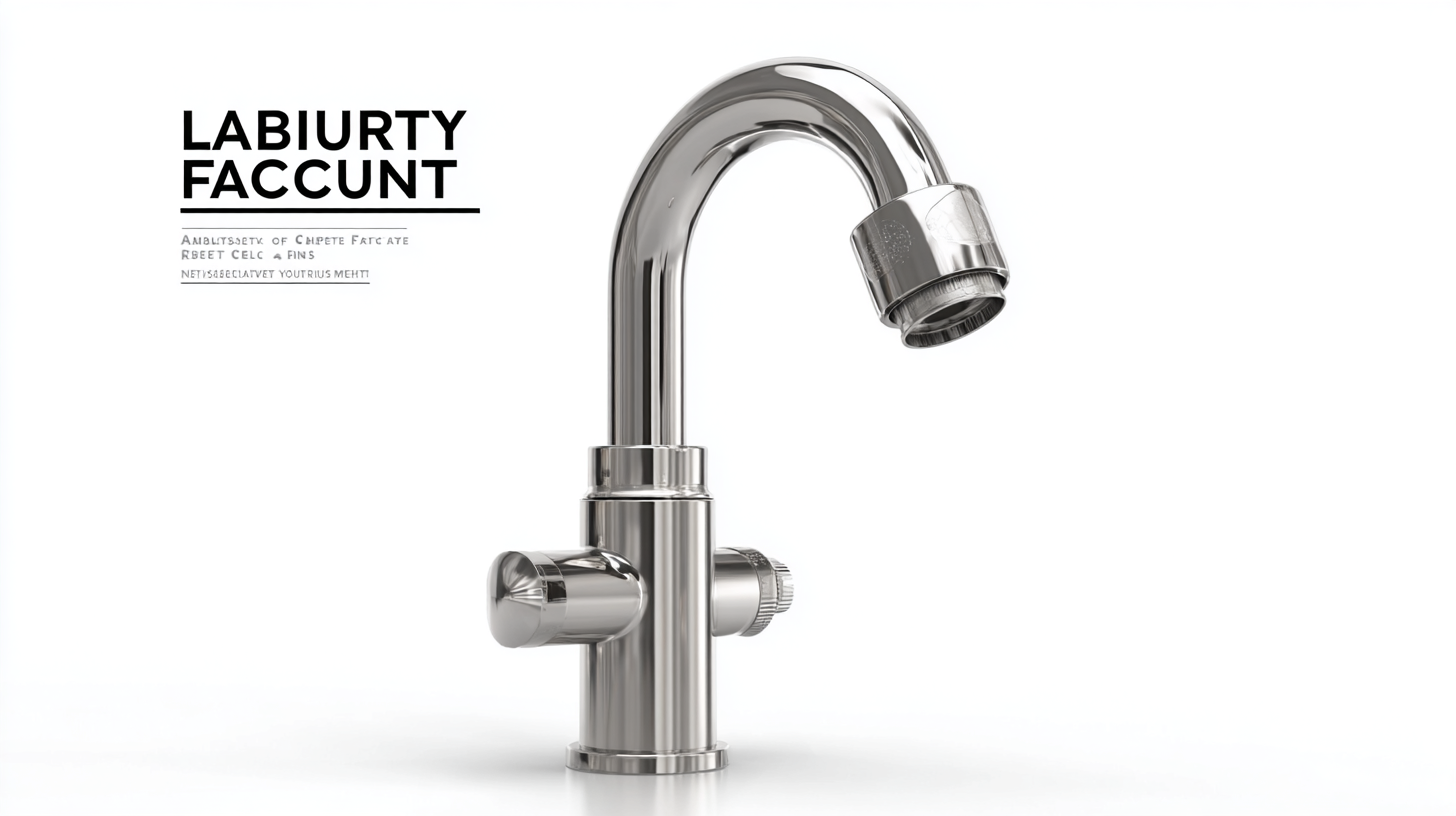In today’s rapidly advancing technological landscape, selecting the right Laboratory Faucet has become increasingly critical for laboratories striving to ensure efficiency, safety, and compliance. According to a recent report by the National Association of Manufacturers, the laboratory equipment market is projected to reach $60 billion by 2025, driven by innovations in laboratory design and operational excellence. As industries adapt to emerging trends such as automation and sustainability, the need for specialized laboratory fixtures is paramount. This guide will help you navigate the myriad options available, highlighting top strategies and essential considerations to ensure that your selection aligns with modern demands and enhances your laboratory's functionality and safety. Choosing the perfect Laboratory Faucet is not merely a purchase; it is an investment in the future of your research and development endeavors.

When selecting the best laboratory faucet for your needs, understanding
key features is paramount to ensure safety, functionality, and durability. According to a report by the
American National Standards Institute (ANSI), laboratory environments require faucets
that can withstand harsh chemicals and frequent use. It's vital to look for faucets made from
corrosion-resistant materials, such as stainless steel
or specialized plastics, which can significantly reduce maintenance costs over time.
Another important consideration is the type of handle mechanism used in the faucet. Lever handles
are often recommended due to their ease of use, especially when
hands are contaminated. A study conducted by the
Laboratory Equipment and Safety Association found that
user-friendly designs minimize the risk of accidents, highlighting that up to
60% of lab accidents can be traced back to malfunctioning or improper
equipment handling. Additionally, incorporating features like automatic shut-off valves can
further enhance safety, prevent leaks, and conserve water in laboratory settings, where sustainability is
increasingly prioritized. It's essential to evaluate these features to choose a faucet that meets
regulatory standards and serves your specific laboratory needs effectively.
 When selecting a laboratory faucet, understanding the specific applications and types available is crucial. Laboratory faucets are primarily designed for different environments, including chemistry, biology, and research labs. According to a recent survey by the American National Standards Institute (ANSI), over 70% of laboratories reported that proper faucet selection significantly impacts their operational efficiency and safety measures. For instance, specialty faucets, such as those equipped with pre-rinse sprayers or eyewash stations, cater specifically to the chemical and biological research sectors, where quick access to water can be a matter of safety.
When selecting a laboratory faucet, understanding the specific applications and types available is crucial. Laboratory faucets are primarily designed for different environments, including chemistry, biology, and research labs. According to a recent survey by the American National Standards Institute (ANSI), over 70% of laboratories reported that proper faucet selection significantly impacts their operational efficiency and safety measures. For instance, specialty faucets, such as those equipped with pre-rinse sprayers or eyewash stations, cater specifically to the chemical and biological research sectors, where quick access to water can be a matter of safety.
In contrast, general-purpose laboratory faucets often feature a more straightforward design, suitable for routine tasks. The National Safety Council indicates that using the incorrect faucet type can lead to potential hazards, with data showing that up to 40% of laboratory accidents involve water-related incidents. Therefore, knowing whether to choose a modern touchless faucet or a traditional one with manual controls can enhance user experience and safety, meeting the compliance requirements for different lab applications. Investing time in understanding the diverse options ensures that lab professionals can select the best laboratory faucet tailored to their specific needs.
When selecting a laboratory faucet, the materials and durability are crucial factors that often go overlooked. Many consumers may be tempted to choose low-cost faucets, believing they can save money. However, faucets priced below a certain threshold often compromise on quality, leading to issues such as metal corrosion and poor water flow. Inferior materials can introduce harmful substances into your water, posing health risks. Therefore, it's essential to invest in durable faucets made from high-quality materials to ensure longevity and safety.
Tip 1: Always opt for faucets constructed from stainless steel or brass, as they are known for their durability and resistance to corrosion. Avoid plastic components, which may not withstand the rigors of regular laboratory use.
Tip 2: Consider the faucet's design and maintenance requirements. Faucet aerators can become clogged over time, leading to low water flow. Regular cleaning and using filters can help maintain optimal performance and extend the faucet's lifespan.
Choosing the right laboratory faucet involves understanding the importance of materials and manufacturing standards to ensure that you select a product that meets both safety and functionality requirements.
When selecting the perfect laboratory faucet, installation factors play a crucial role in ensuring optimal functionality and safety. First, consider the location and design of your workspace. The faucet should be easily accessible without hindering other operations, while also fitting into the layout of your laboratory. For instance, if you work with hazardous materials, the faucet’s placement should allow for quick access to a water source during emergencies. Moreover, ensure that you have sufficient clearance between the faucet and any equipment, preventing accidental spills or contamination.
Next, evaluate the plumbing requirements specific to your laboratory setup. Understanding the water pressure and flow rate is essential, as different faucets are designed to work under varying conditions. Additionally, it is important to confirm compatibility with existing plumbing systems. Some faucets may require special fittings or adapters, particularly if upgrading from a traditional faucet. Take time to assess your needs and consult with plumbing experts if necessary to avoid installation complications that could disrupt laboratory operations. Proper planning at this stage will lead to a more efficient and safe working environment in the long run.
Maintaining a laboratory faucet is critical to ensure its longevity and optimal performance. According to a report by the American National Standards Institute (ANSI), regular maintenance can extend the lifespan of laboratory equipment by up to 30%. Key maintenance practices include checking for leaks, cleaning the aerators, and ensuring the faucet handles and fittings are secure. These tasks not only prevent costly repairs but also minimize the risk of contamination in the lab environment.
Furthermore, a study published by the International Society for Pharmaceutical Engineering (ISPE) indicates that properly maintained laboratory faucets can improve water quality and flow rate, leading to enhanced operational efficiency. Routine inspections should be scheduled quarterly, focusing on internal components like seals and cartridges. Utilizing high-quality materials favored by industry standards can also contribute to a faucet's durability. By adhering to these practices, laboratories can maximize the return on their investment while maintaining a safe and efficient workspace.

